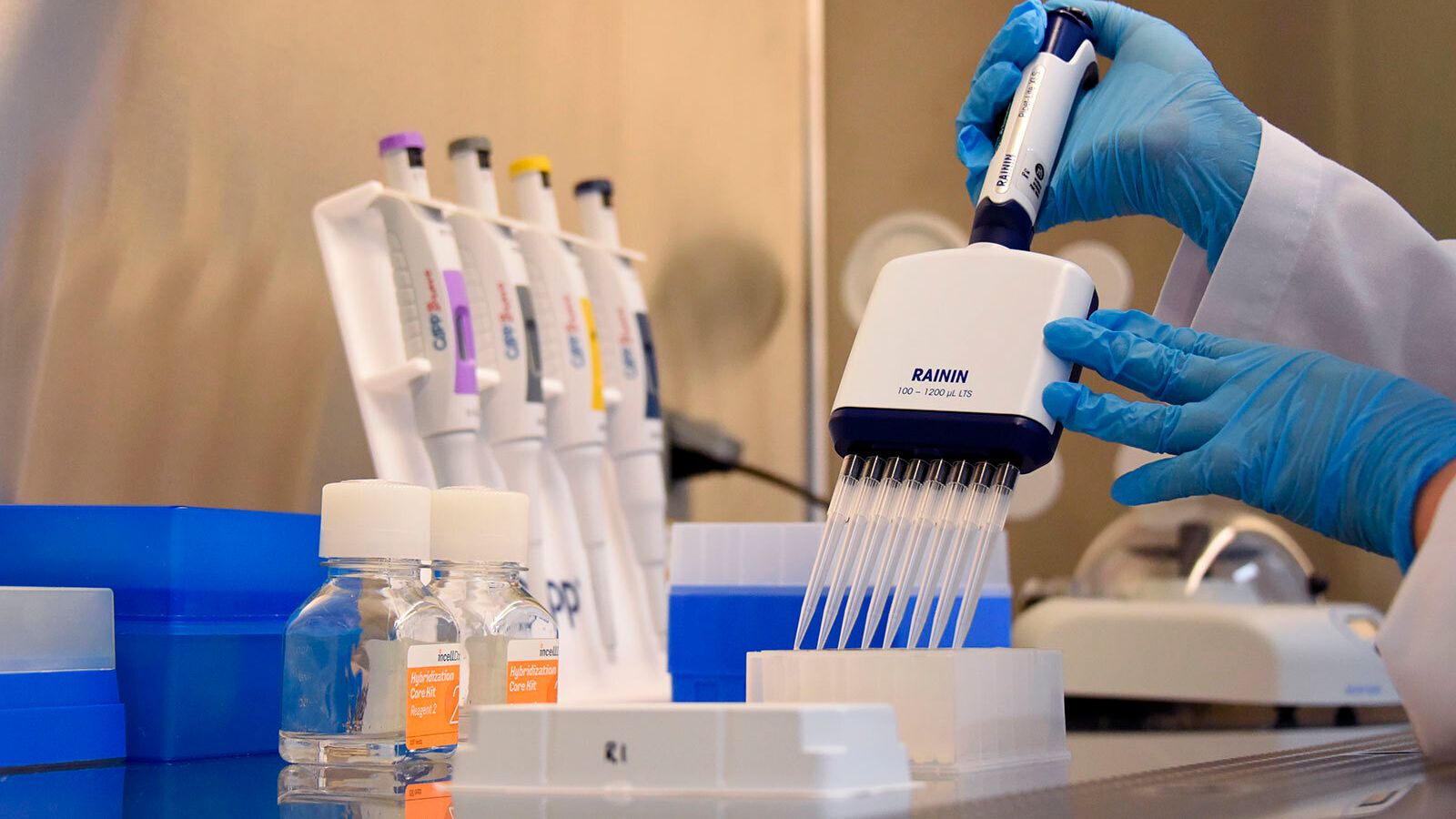A little-known sexually transmitted infection (STI) may increase the risk of cervical cancer in women, a new study has found.
The Trichomonas Vaginalis (TV) infection damages cervical tissue, creating lesions and allowing a “favourable environment” for the Human Papillomavirus (HPV) to flourish.
The study of almost half a million women found that of those who had TV their risk of developing HPV was 79% more likely.
But while high-risk HPV is responsible for 95% of cervical cancers, the virus alone is not necessarily enough to induce cancer.
Additional factors – such as smoking, using oral contraceptive drugs for more than five years, and other sexually transmitted infections – can also contribute to developing cervical cancer.
Since the patients in the research were not followed up, a direct link between TV and cancer could not be established. Yet because TV is associated with the HPV infection, cervical lesions, and cervical cancer, the experts recommend the follow-up of patients with a positive diagnosis.
The analysis of nearly 500,000 women across four continents found 8,518 (or 1.8%) had TV.
Heart attacks increase risk of cognitive decline for years, study finds
New workplace standards for menopause and menstruation support are launched
‘Don’t rule out’ COVID-19 lab leak theory, Chinese scientist says
Researchers described it as a “common” STI, which causes around 170 million to 190 million infections annually.
Infection can lead to discomfort by causing odorous discharge, dysuria, itching, and vulvar irritation. However, up to 85% of trichomoniases can be symptomless in women, which makes it even harder to diagnose or recognise.
“We advise the screening and treatment of T. vaginalis and other STIs when the HPV test comes back positive and vice versa – to screen for HPV in the case of a T. vaginalis diagnosis,” said Balazs Hamar, an author of the research.
Be the first to get Breaking News
Install the Sky News app for free
Cancer risk ‘grows with age’
The importance of testing for HPV grows with age, in line with increasing cancer risk.
People usually have the highest risk in their 20s, but the infection goes away on its own and a smear test is sufficient.
“From the age of 30, HPV is more likely to turn into cancer – the prevalence of precancer and cancer is increasing – so having the greater sensitivity of the HPV test is important,” said Zsolt Melczer, deputy head of the Department of Obstetrics and Gynecology, Semmelweis University.
From the onset of the infection, cancer may take up to 5-10 years to develop. However, for around 90% of the cases, HPV will clear up on its own (within 1-2 years).
“Women with persistent HPV infection have a higher risk of developing pre-cancer or cancer – in these cases some cytology abnormalities are also present,” Mr Melczer added.











